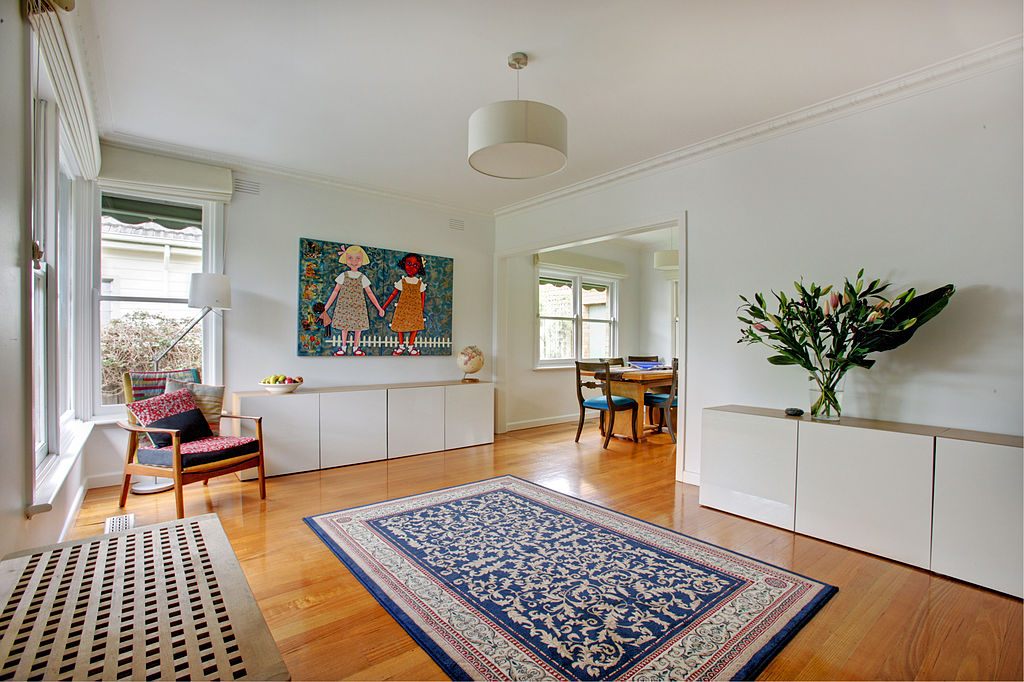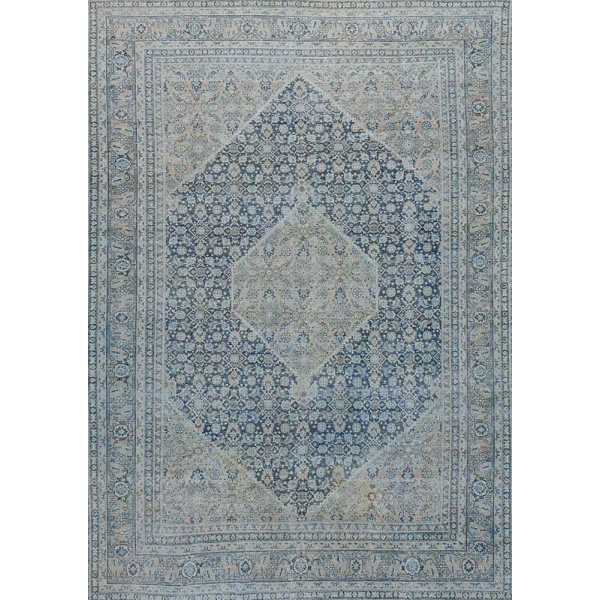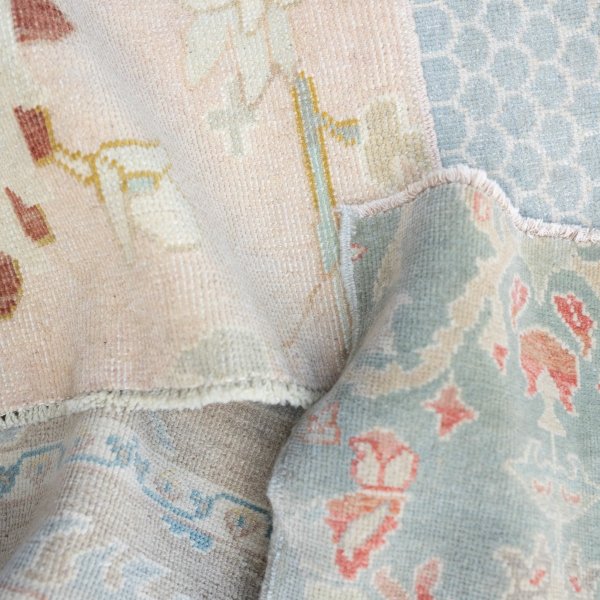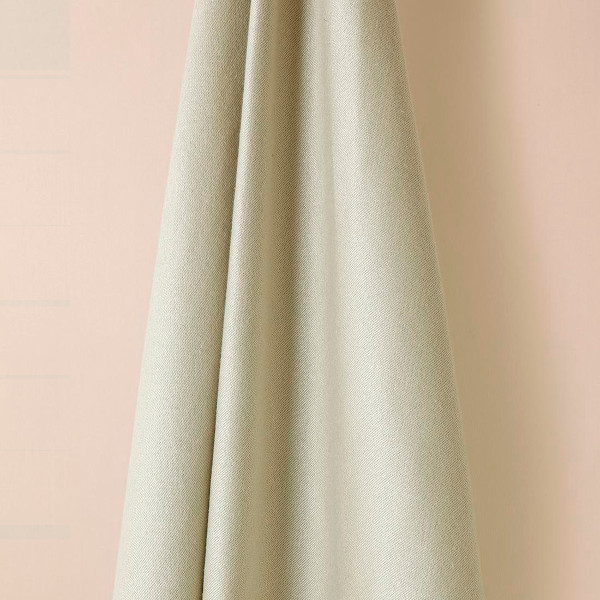Persian Rug Repair: Everything You Need to Know to Make Sure It’s Done Right

An authentic Persian rug (which falls under the broader category of Oriental rugs), is a work of art that is handwoven by a skilled craftsman. When you purchase one of these masterpieces, you want to protect your investment. But considering that rugs are meant to be walked on, even the highest quality rug can become torn, faded, or damaged in any number of ways over time.
The good news is that, not only can Persian rugs be repaired, they can often be restored to their original beauty when the job is done by an expert. Here, we will discuss common types of Persian and Oriental rug repairs, as well as tips for keeping your rug looking beautiful for many years to come.
Common Persian Rug Repairs

1. Fringe Repair
Persian or Oriental rug fringe repair is one of the most common repairs required. Since the fringe is exposed, it can be easily damaged, and while it may just look like a decoration, it is actually the backbone of the rug, running all the way from one end to the other. This makes timely repair even more important since damaged fringe that is left unrepaired can lead to further unraveling of the rug’s pile.
There are several different methods for Persian rug fringe repair, and an expert in Persian rug restoration will be able to decide which method is best. The most cost-effective method of repair is to re-secure the fringes that have come loose and then trim them all to an even length. In rugs with a thick pile, the best option may be to sew on new fringes, while low pile rugs are often repaired with a method called the zenegra stitch. In some cases, a combination of techniques may be used.
2. Side Binding Repair
While the fringe is on the ends of a Persian rug, the sides of the rug without fringe are finished by tying the wool at the endpoint to maintain the shape of the rug. When these ends come loose, the problem needs to be addressed immediately to avoid further damage.
In repairing the side binding, the expert carefully rewraps the edges with wool that matches the color and texture of the original wool. This results in clean, straight lines that can help the rug to look new again.
3. Repiling

Low pile on a rug is not as cut and dry as many other types of damage. Some people think that this normal type of wear adds to the character and beauty of an antique rug. Whether or not to repile a rug is really a matter of personal preference until the pile becomes so low that it exposes the foundation. At this point, it must be repaired to avoid irreparable damage. When it comes to antique rug repair that involves repiling, many people are hesitant because it can be difficult for even the most skilled weaver to exactly match the color and texture of the existing wool.
If you choose to repile a rug, be sure to find a repairer with a wide variety of experience in the process.
4. Repairing a Hole
Before an expert begins to repair a Persian carpet with a hole, it is important that it is professionally cleaned. This will ensure that the color of the wool is matched correctly and make the weaving process easier. After the rug is cleaned, the missing or broken foundation must be rebuilt in the place where the hole is. Next, the weaver determines the exact texture and color of wool that is needed to match the original, then painstakingly recreates the missing pattern. Finally, the wool is trimmed to match the existing pile height.
5. Moth Damage
Moth damage is a common problem, especially when it comes to wool rugs because moth larvae like to feed on wool. Wool rug repair from moth damage can range from repiling to rebuilding the structure of the rug. The amount of work that is needed for repairing moth damage in an Oriental rug can be determined by an expert.
What to Do If Your Rug is Damaged

There are two important things to do if you notice damage to your Oriental rug. First, have it repaired immediately. When you don’t take care of the problem right away, the damage becomes greater, and the repairs become more extensive. Addressing the issue right away can save you money and give you much better results.
Second, take your rug to a reputable rug repair professional. A skilled expert in Oriental or antique rug restoration will always be focused on maintaining the integrity of the piece during the repair process. Proceed with caution if they suggest painting the rug to hide any damages, as this will compromise the integrity and decrease the value of the rug. The weaver should be able to give you a detailed explanation of what needs to be done, as well as a price estimate, before going ahead with any repairs.
How Much Does It Cost to Restore a Persian Rug?
The price of Persian carpet restoration or repair will depend on many factors, such as the extent of the damage and the quality of the rug. Customers should be wary of any business that offers an estimate for rug repair costs sight unseen.
When it comes to Oriental rugs, the experts at Matt Camron provide high-quality products that are unmatched in the industry. We will work with you to find the perfect piece for your space, whether it’s vintage or modern, and give you guidance on how to maintain it for many years to come.
You cart is empty. Shop now


